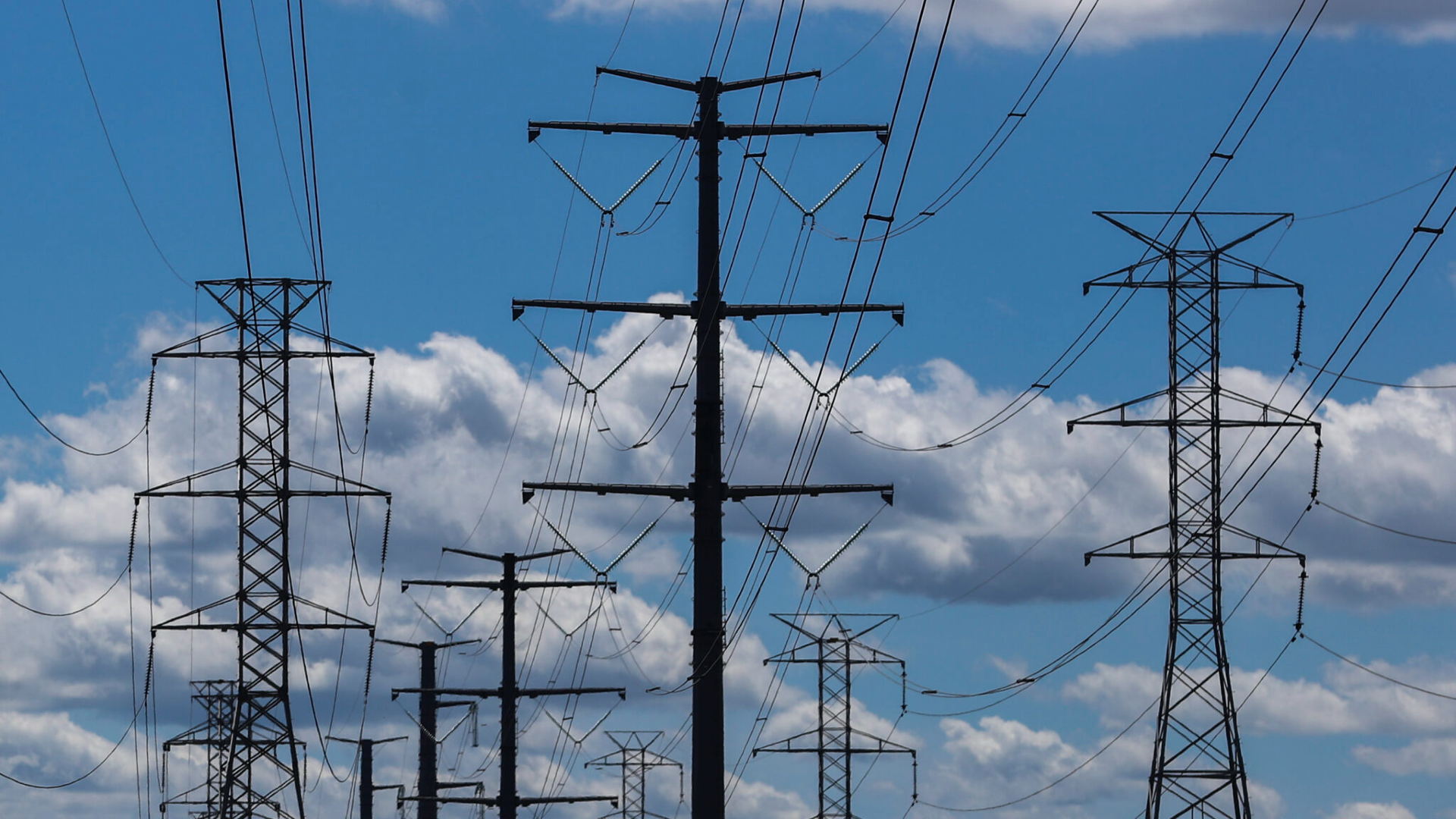On June 1, 2025, electricity rates across New Jersey increased sharply. Depending on the utility, the average customer is now paying 17–20% more per month. Already among the highest in the country, these rising costs are putting additional pressure on businesses.
The drivers of this spike are twofold: constrained supply and accelerating demand.
Supply constraints in PJM, which serves New Jersey, stem from recent power plant retirements, tightening reliability standards, and a stalled pipeline for new generation. Delays in the interconnection queue, particularly for clean energy projects, have further slowed capacity additions. Legal disputes between PJM and FERC contributed to an unusually late 2025 capacity auction, resulting in prices 800% higher than in 2024 and creating additional uncertainty for the market.
On the demand side, load growth in PJM has risen from about 1% annually to 3%, with projections reaching 5% per year over the next decade. Peak demand in 2025 was forecast at 154 GW but actually reached 160.6 GW during the June heat wave—the highest level ever recorded. Data centers are a major driver, currently accounting for 4% of PJM’s electricity use but expected to reach 12% by 2030. Their rapid expansion is responsible for roughly two-thirds of this year’s price increase. To meet these peaks, utilities often rely on costly peaker plants, which run infrequently and burn expensive fuels, raising electricity prices during critical hours.
How Businesses Can Regain Control of Energy Costs
As energy prices rise, businesses can be more strategic in how they use and source power. At SolMicroGrid, we deliver distributed energy solutions—solar, battery energy storage systems (BESS), generators, and advanced controls—to help businesses reduce exposure to volatile electricity prices, improve resilience, and advance sustainability goals.
A BESS can provide two key financial benefits: time-of-use (TOU) arbitrage and peak shaving.
- TOU arbitrage involves charging batteries during lower-cost, off-peak periods and discharging them when rates are highest, reducing overall electricity costs without disrupting operations.
- Peak shaving uses stored energy to reduce a facility’s grid demand during its highest-use intervals, lowering demand charges—a significant cost component for many commercial and industrial customers.
Additionally, a BESS can provide limited resiliency by supplying backup power during short-term outages. While not a substitute for full standby generation, this capability helps maintain critical operations and avoid costly disruptions.
Expanding beyond battery storage, a Distributed Energy Resource (DER) system—or a fully integrated microgrid—can unlock even greater savings and operational benefits. By combining multiple on-site generation and storage technologies such as solar PV, CHP, and backup generation, all managed by intelligent controls, these systems optimize when and how electricity is generated, stored, and consumed.
Key advantages of a DER or microgrid approach include:
Load shifting to avoid expensive utility periods by using on-site or stored power.
- Coordinated peak demand management across generation and storage assets.
- Participation in grid programs that provide payments for supplying capacity or ancillary services during high-demand events.
- Fuel diversity to reduce exposure to price volatility.
- Enhanced resilience to keep critical operations running during grid disruptions.
When paired with rooftop solar, a microgrid not only cuts costs but also supports long-term sustainability objectives.
State Incentives Make Battery Storage Even More Attractive
New Jersey is preparing to launch a Board of Public Utilities (BPU) incentive program for battery storage. Expected benefits include reducing upfront costs and providing ongoing payments for supporting the grid during peak demand. These incentives can be paired with the state’s existing solar programs to maximize value.
Save Money—Without Upfront Capital Investment
SolMicroGrid’s Energy-as-a-Service (EaaS) model enables businesses to adopt solar, storage, and microgrid solutions with no capital outlay. We handle the purchase, installation, and maintenance, allowing you to focus on your operations while we manage your energy system.
Let’s Build Energy Independence Together
Don’t absorb higher utility costs—partner with SolMicroGrid to improve energy independence, protect your bottom line, and prepare your business for a more resilient, sustainable future.









